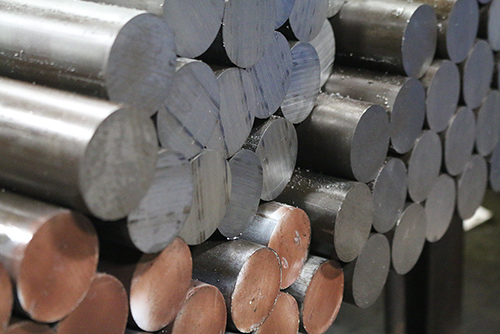The Process of Steel Machining Factors in Chemistry, Microstructure, and Mechanical Properties
Machining steel can be a tricky process when fabricating precision parts. Steel and other metals originate from the Earth, and therefore have varying levels of mineral composition. The metal composition can be altered by mixing them with other metals, which can either strengthen or weaken the metal. Each of these metal composites have a great effect on the process of machining steel and other metals while fabricating.
Three important factors exist when planning the machining of carbon steels, which are chemistry, microstructure and mechanical properties. The type of steel chosen will greatly depend on how the steel is fabricated to meet the demand of the end result. An article from Production Machining gives an example of the requirement levels for carbon steel:
Steels are considered to be carbon steel when no minimum content is specified for chemical elements including aluminum, chromium, cobalt, columbium, molybdenum, nickel, titanium, tungsten or vanadium for alloying effect; when the specified minimum for copper is 0.40 or less; and when the limits for the following elements are not exceeded: manganese—1.65 percent; silicon—0.60 percent; and copper—0.60 percent.
The possibility of great variation between steels has resulted in a grading system to help determine the predicted outcome when machining steel. For instance, Grade 1045 is frequently selected for its higher strength and mechanical properties, whereas others may be chosen for welding, low cost, or special metal finishing techniques. The steel grading system is based on the chemical composition of the metal, as the chemical composition determines the machinability.
P.D. Peterka & Associates can help make sorting through the right composition for machining steel a comfortable choice.

